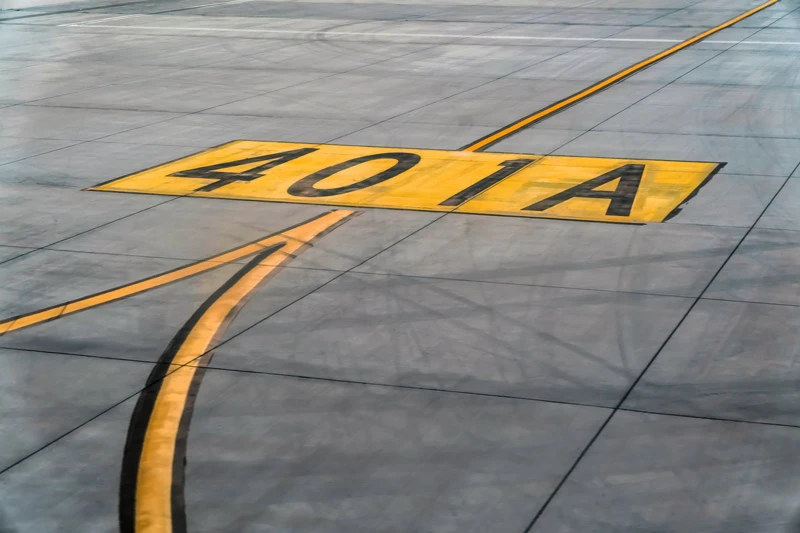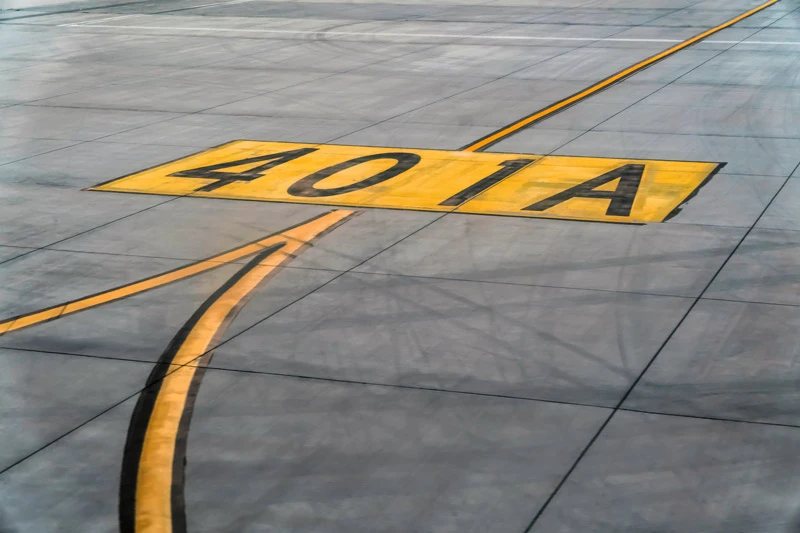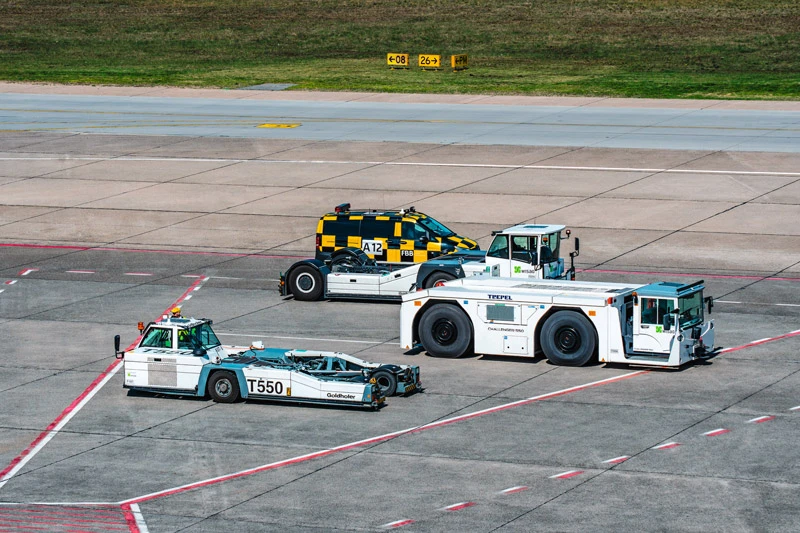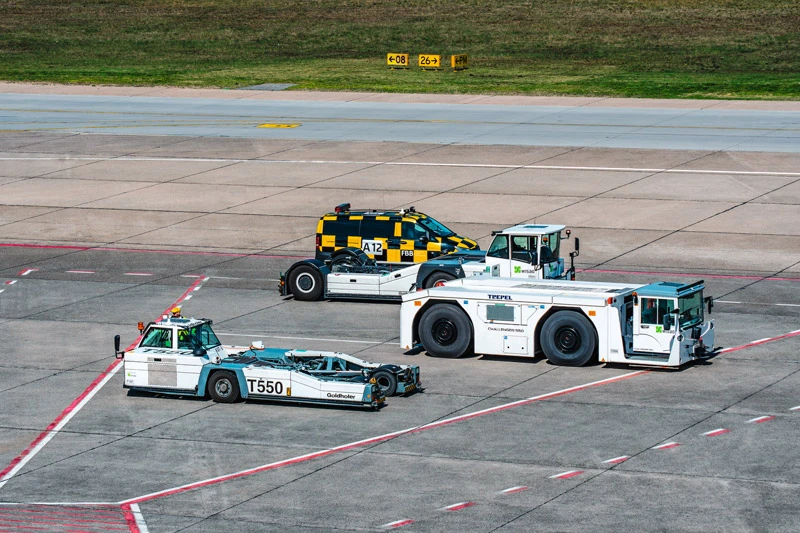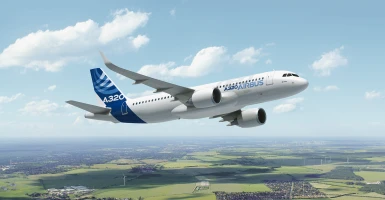good-to-know
Before the flight: Taxiing – the high art of ground maneuvers
Before an aircraft can take off, it often has to taxi for miles. This taxiing is a challenge for pilots and air traffic controllers.
author: Monika Weiner | 5 mins reading time published on: 15.02.2022
author:
Monika Weiner
has been working as a science journalist since 1985. A geology graduate, she is especially interested in new developments in research and technology, and in their impact on society.
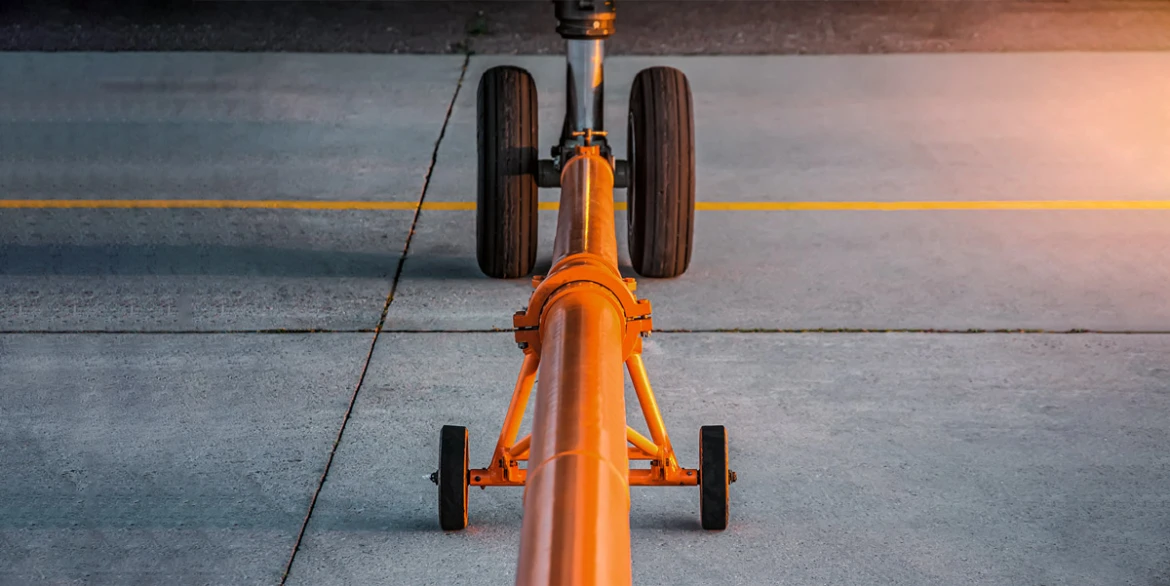
How does an aircraft get from the gate to the runway?
The overhead bins are all closed, the passengers’ seatbelts fastened, the doors locked. With the tiniest of jolts, the aircraft starts moving. While the passengers are already dozing or observing the hustle and bustle at the airport, the cockpit is a scene of the utmost concentration: to get the aircraft to leave its parking position at the gate, a special pushback vehicle is needed to reverse it onto the tarmac, usually with the help of special rods attached to the nose wheel. Only when there’s enough space for the aircraft to start taxiing forward is the pushback vehicle uncoupled. From that point on, the pilot steers the aircraft to the runway. This is a challenge—not only because of the wingspan, but also because of the many regulations that have to be observed during taxiing.
What does taxiing mean?
The word “taxi” meaning a car that carries paying passengers ultimately derives from the ancient Greek for payment. Its aviation sense comes from a flying machine built over 100 years ago in Paris in which early student pilots would practice taking off and landing; because this aircraft spent most of the time slowly rolling around the flight school grounds like a taxicab looking for a fare, it acquired the name “taxi.” Today, taxiing applies solely to moving an aircraft on the ground. It’s an activity that can take up quite a bit of time: on average, it takes ten minutes to taxi out from the gate to the runway for takeoff. At the end of a flight, it takes another five minutes to taxi in from the runway to the gate. To prevent aircraft from getting in each other’s way during taxiing, large airports have multiple taxiways. These taxiways are named after letters and, if necessary, additional digits. Taxiway signage is standardized worldwide: black traffic signs with yellow lettering indicate which taxiway you are on; yellow signs with black lettering are indications of turnoffs.
How is traffic organized on taxiways?
Operations on the taxiways are regulated by the air traffic controllers. They give instructions to the pilots according to the international spelling alphabet. “Taxi via Mike one and Papa three,” for example, means that an aircraft should use taxiways M1 and P3. Each decision as to which aircraft is sent to which runway—especially at large airports, where hundreds of aircraft are directed from the terminals to the runways and back every day—relies on a sophisticated logistics system. To prevent congestion and collisions, controllers must take into account not only the aircraft’s taxiing speed, but also the duration of the stops needed to start the engines, perform system checks, and work through checklists. In addition, depending on the type of aircraft, there is the length of the runway required for takeoff. This value determines at which intersection an aircraft is sent from the taxiway to the runway.
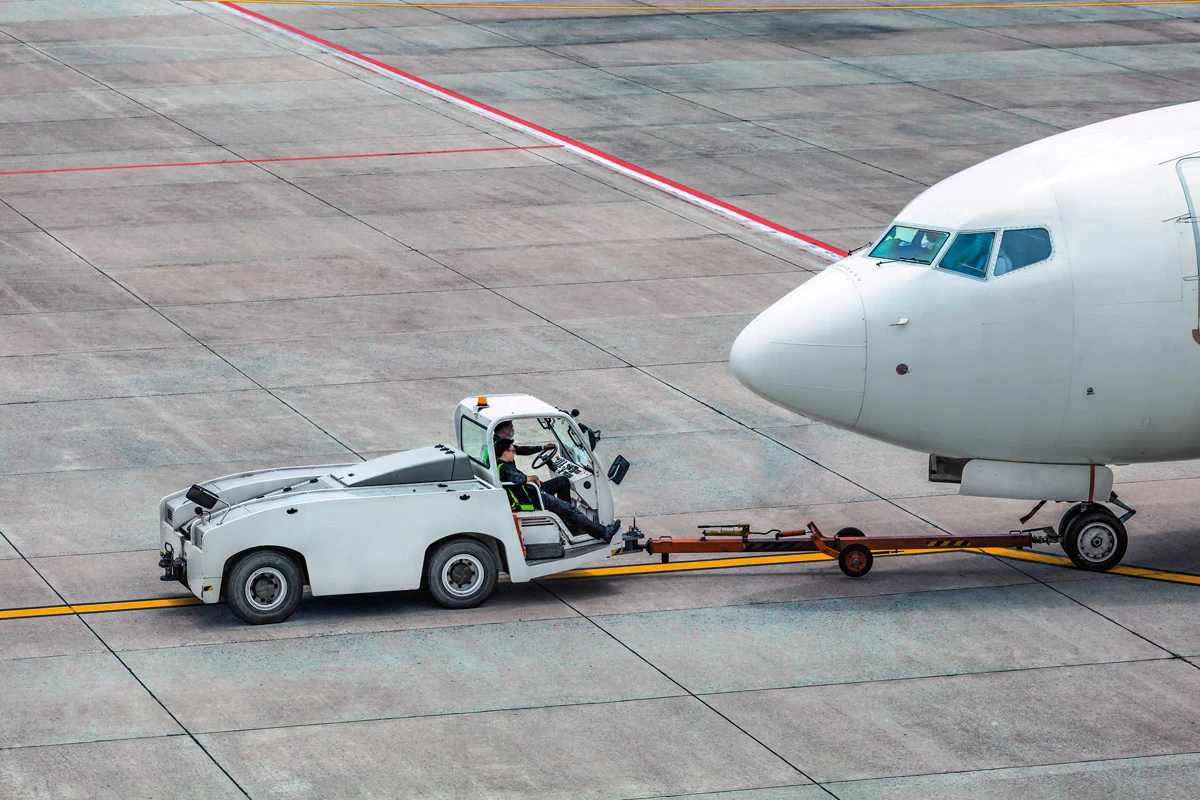
“Push” back: Reversing an aircraft under its own power is associated with high noise emissions—plus the pilot can’t see behind the aircraft from the cockpit. This is why a pushback vehicle is used.
Who controls the aircraft when taxiing?
At most airlines, taxiing is the job of the pilots. There are good reasons for this: maneuvering on the ground requires a lot of experience and the ability to keep an overview when navigating. Pilots must be aware of the traffic situation and know which aircraft they should follow to any given takeoff or parking position. The co-pilot could theoretically also control the aircraft, but usually does so only for training purposes or while the pilot is making an announcement to the passengers.
What happens when things get tight?
It is rare for aircraft to get too close to each other on taxiways. But if it does happen, for example after a pilot goes the wrong way, it gets complicated because aircraft are very difficult to maneuver: while reversing is possible using reverse thrust of the engines, it leads to high noise emissions. In addition, pilots can’t see the area behind the aircraft from their seat in the cockpit. This means the crew is dependent on outside help for maneuvering: depending on the situation, a follow-me vehicle is called, whose driver can observe the wingtips and ensure that they don’t come into contact with any obstacles. In an emergency, a pushback vehicle must come and push the aircraft back until it has enough room on the runway to continue forward.
From taxiing to flying
Taxiing isn’t over until air traffic controllers give permission for takeoff, at which point the aircraft turns from the taxiway onto the runway and accelerates.
What does the future look like?
Technical developments can make taxiing more sustainable
Aircraft engines are optimized for flight, not for slow maneuvers on the ground. So airport operators, airlines, and aircraft and engine manufacturers are looking for new, energy-saving propulsion systems for ground maneuvers. Various concepts for both ground-based and on-board systems have already been developed and, in some cases, tested.
The simplest way to reduce energy consumption in taxiing doesn’t require any additional equipment: in single engine taxiing, or SET, the pilot runs only one of the engines while on the tarmac; all the others go into operation only shortly before takeoff. Estimates suggest that this can cut fuel consumption at the airport by more than 20 percent.
The flagship of the ground-based systems is the TaxiBot, an autonomous aircraft tractor with a hybrid diesel-electric powertrain, which has already been tested at Amsterdam’s Schiphol Airport. A driver maneuvers the TaxiBot backwards to the nose landing gear of the aircraft and docks there. This turns the vehicle into an external propulsion system that the pilot can control from the cockpit. With the help of the TaxiBot, the pilot can now drive to a holding position just before the runway, then switch on the engines for takeoff. This achieves fuel, carbon dioxide and nitrogen oxide savings of over 50 percent.
On-board systems are based on electric motors that could be installed in one or more landing gears. Such e-taxiing systems, or ETSs, would improve aircraft maneuverability, eliminate the need for pushback vehicles and greatly reduce noise emissions at airports. The power needed to operate the electric motors could be generated on board the aircraft either by the existing auxiliary power units, or APUs, or by fuel cells. According to developers, e-taxiing has the potential to reduce emissions of air pollutants by more than half.



